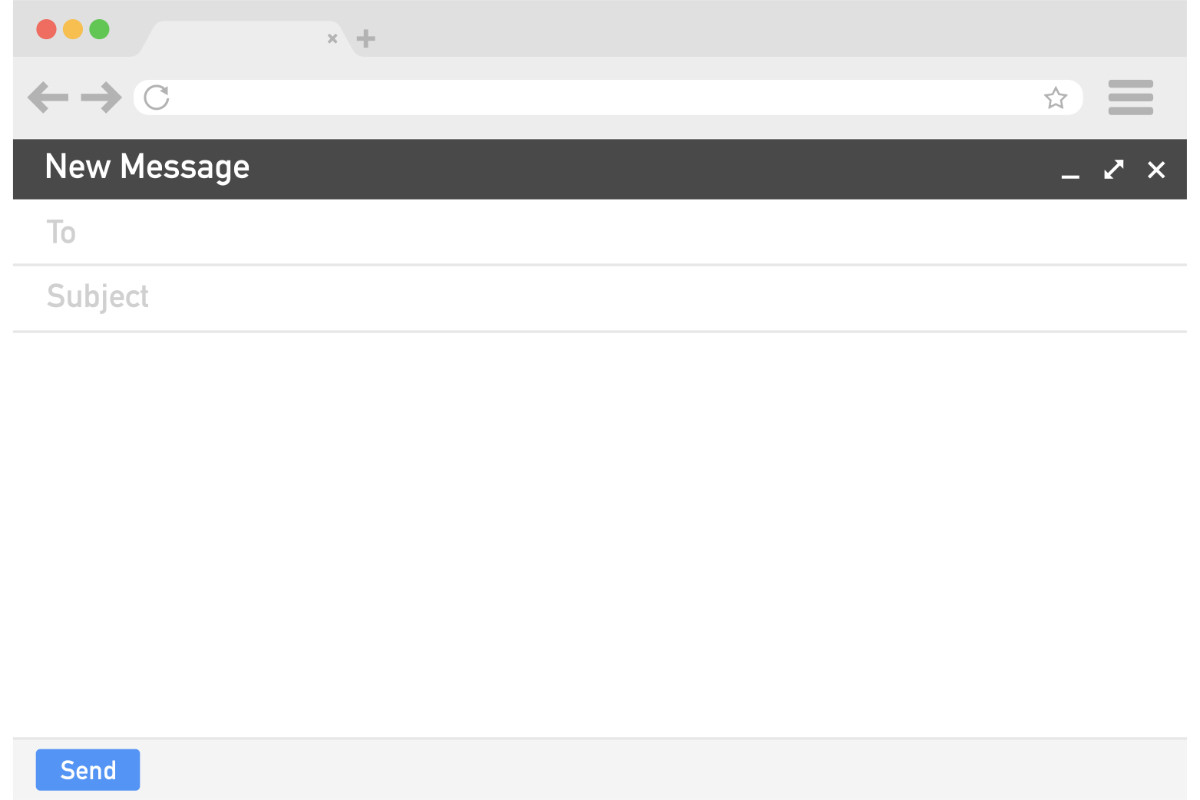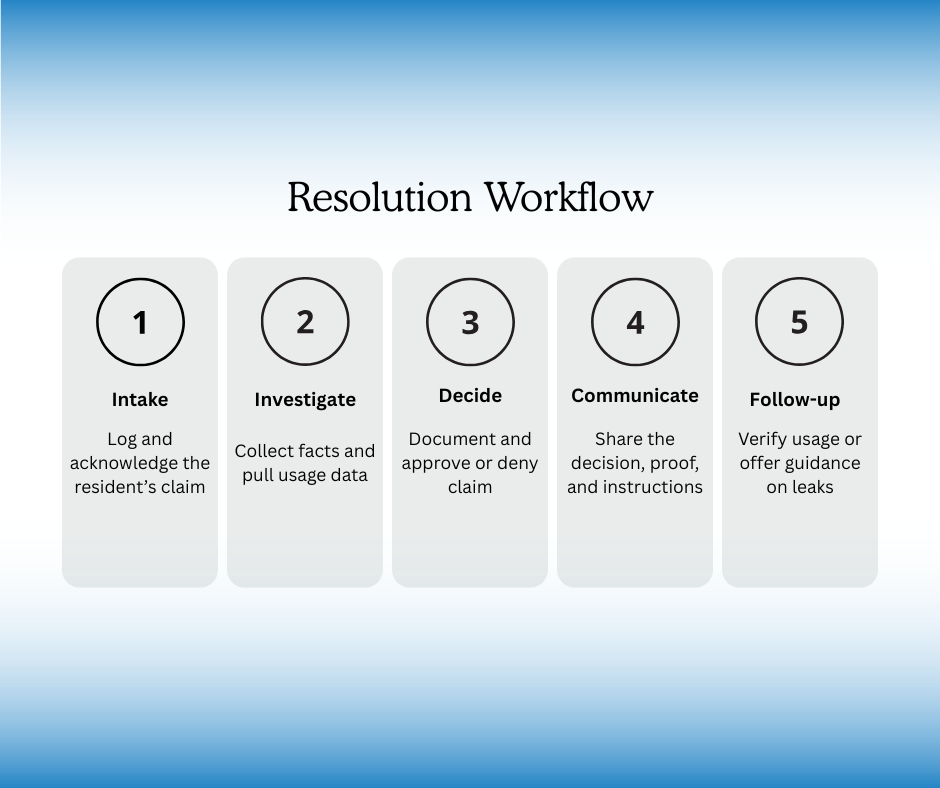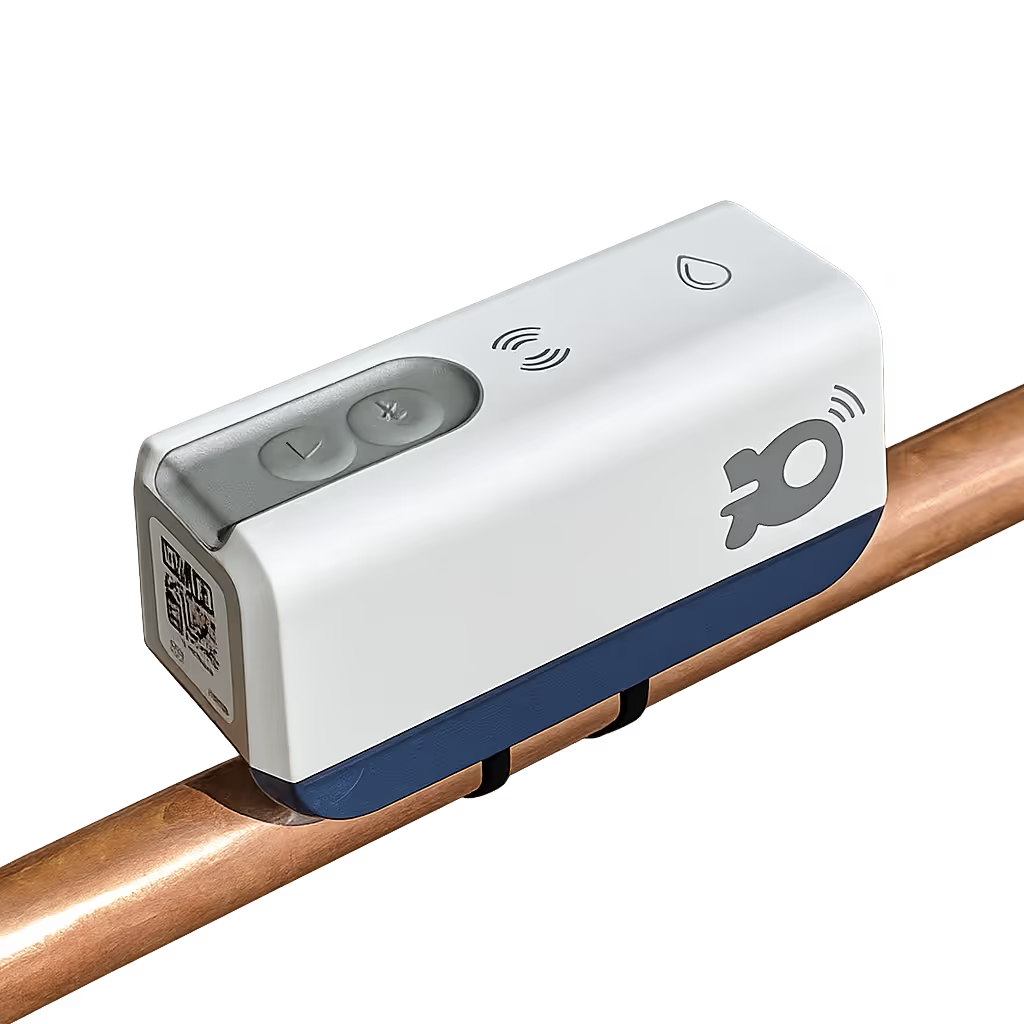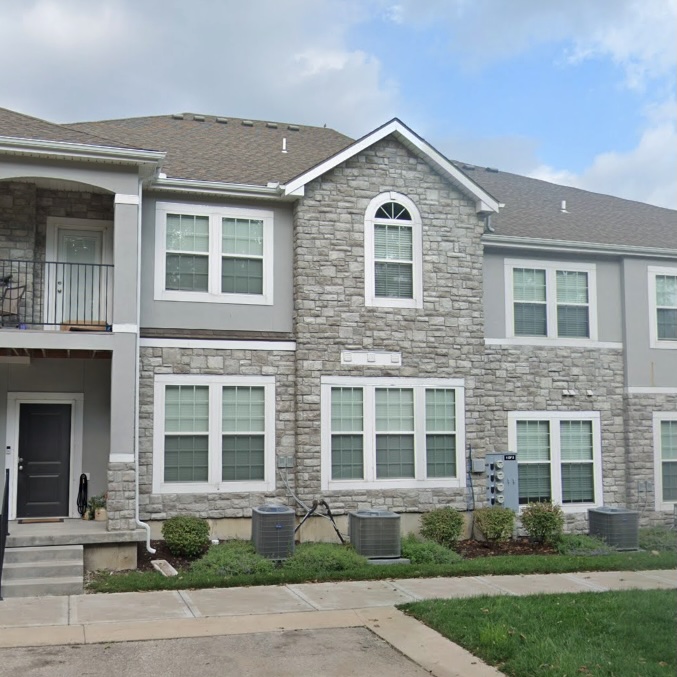How to Handle Resident Disputes About Water Bills in Mobile Home Parks
How Tos





Tips and templates for resolving resident concerns about water billing quickly and fairly.
Introduction
Water bill disputes happen in every community. They spike after rate changes, leaks, or move-ins. The goal is not to “win” the argument. Your goal is to resolve concerns quickly and fairly, protect cash flow, and keep trust high.
This guide is built for mobile home park owners and managers. It includes prevention tactics, response templates, and a step-by-step workflow you can use today. If you want a deeper submetering primer, see our Complete Guide to Water Submetering for Mobile Home Parks.
Table of Contents
Common causes of water bill disputes in mobile home parks
Disputes usually trace back to one of a few patterns.
The details differ by billing method. Here is what to watch for with flat fees, RUBS, and submetering.
Flat fee billing
In flat fee billing, residents pay the same amount regardless of use. Disputes arise when:
- Heavy users feel the flat fee is a deal.
- Low users feel overcharged.
- The city raises rates, but the fee does not change on a clear schedule.
- Move-ins and move-outs are not prorated.
RUBS (ratio utility billing system)
RUBS splits a master bill by a formula like occupancy or square footage. Common triggers:
- Residents question the fairness of the formula.
- Headcount changes mid-cycle are missed.
- Vacant units get a share due to data errors.
- Large leaks inflate the master bill. Everyone pays more with no proof of who used the water.
Submetering
Each home has a meter and pays for measured usage. Disputes are often more specific:
- Residents question a high read for a single cycle.
- Meter access, photos, or read dates are unclear.
- Leaks or running toilets spike usage unexpectedly.
- True meter failures are rare, but possible.
At-a-glance comparison
For real-world results, see how one park cut confusion and cost in our $35k savings case study and how Weber properties found cost savings by stopping undetected leaks and running toilets.
Prevention strategies
Prevention saves staff time and reduces chargebacks. Use clear policies, resident education, and better data.
Set written policies and publish them
Post your water policy in leases, welcome packets, and your resident portal.
Include:
- Billing method and how charges are calculated.
- Where rates come from. Example: “City water + sewer rate plus billing fee.”
- Read dates, due dates, and late fee policy.
- How to dispute a bill. Include a simple form and required proof.
- How move-ins and move-outs are prorated.
Link to your policy in every water bill email. Keep the language short and plain. Aim for one page.
If your state regulates billing practices for submetering or RUBS, include an escalation path to your state regulator. You can find your commission using the NARUC directory of state public utility commissions. Regulations vary by state, so confirm local requirements before changing policy language.
Communicate early and often
Use short reminders that reduce surprises:
- “Reads occur the 25th–27th.”
- “Check for silent leaks twice a year.”
- “Report continuous running toilets right away.”
Monthly tips work best when paired with a photo, a 10-second video, or a single checklist. If you submeter, include a usage graph. Simple visuals reduce disputes.
To support leak-prevention messaging with a trusted source, add a link to EPA WaterSense’s homeowner resources. Try the Fix a Leak Week page and the home maintenance tips for quick, resident-friendly instructions.
Document every read
For RUBS and submetering, treat reads like bank deposits. Capture:
- Date and time of the read.
- Meter serial number.
- Current read value.
- Any access notes.
With SimpleSUB, your battery-powered, over-the-pipe sensors automatically send daily water usage data over cellular to the SimpleSUB web app. There’s no manual reading and no display on the meter itself — all usage history, leak alerts, and reports appear in the web dashboard. Meters check in once per day to conserve battery and send extra updates automatically if a potential leak is detected.
Why submetering helps
Submetering reduces arguments because it turns “I feel” into “I see.” Residents pay for what they use. You show them:
- The actual daily usage data from the web app.
- A chart of daily usage over time.
- Alerts when usage stays high over a long period of time, which often means a leak.
Share neutral tools that help residents self-diagnose. The Alliance for Water Efficiency’s Home Water Works calculator lets a household estimate typical use and spot outliers. The EPA’s WaterSense calculator estimates savings from efficient fixtures.
Our battery-powered, clamp-on sensors install without cutting pipe or shutting off water. Cellular connectivity sends data even in hard-to-network areas, and all readings sync automatically to the SimpleSUB web app for easy monitoring and billing. See the full overview in our solution page and our Oklahoma community case study.
Response templates you can copy

Use these scripts as a starting point. Personalize names, dates, and amounts. Keep your tone calm and factual.
Email reply: first response
Subject: We received your water bill question
Hi {{Resident Name}},
Thanks for reaching out about your {{Month}} water bill for {{Site/Address}}. I have your note and will review:
- Your billed amount and prior history
- The meter data and usage logs
- Any recent rate changes or leaks
If you have photos of your meter, toilets, or fixtures, please reply with them. I will follow up within 2 business days with findings and next steps.
If you want to check for common leaks now, here is a quick EPA guide to finding and fixing household leaks.
Thanks,
{{Your Name}}
{{Community Name}} Office
Tip: include a link to your policy and the Ultimate Guide to Water Submetering to help residents understand terms.
Letter template: adjustment granted
Date: {{Date}}
Dear {{Resident Name}},
We reviewed your {{Month}} water bill for {{Site/Address}}. Based on usage history and meter data, we are applying a one-time adjustment of ${{Amount}}.
Reason: {{Brief explanation, for example “running toilet repaired on {{Date}}; usage returned to normal.”}} For DIY verification, you can use dye tablets or food coloring to test a toilet flapper. See EPA’s leak-check tips here.
Your new balance is ${{New Amount}} due by {{Due Date}}. Future bills will reflect actual metered usage.
Sincerely,
{{Manager Name}}
{{Community Name}}
Letter template: adjustment denied with evidence
Date: {{Date}}
Dear {{Resident Name}},
We reviewed your {{Month}} water bill for {{Site/Address}}. The submeter data shows {{Units}} gallons used during the billing period. This is consistent with your average over the last {{X}} months.
Because the bill reflects actual usage, no adjustment will be made. If you would like to test for leaks, we can help with guidance and a recheck after repairs. You can also estimate typical usage with the Home Water Works calculator and compare to your household.
Sincerely,
{{Manager Name}}
{{Community Name}}
Phone script: live call
- Thank the resident. “I see your note. I am pulling up your account.”
- Set expectations. “I will check your daily usage data and any recent rate changes.”
- Diagnose. “Have there been guests, irrigation, or running fixtures?”
- Offer help. “If you can, please send a photo of your toilets or fixtures. I can walk you through a dye tablet test.”
- Close. “I will follow up by {{Date}} with the decision. You will receive a written summary.”
If you use SimpleSUB, open the dashboard during the call. Show the daily usage graph to identify leaks. For independent education, you can direct residents to EPA’s WaterSense hub for quick how-tos.
Resolution workflow
Use this five-stage process every time. Consistency builds trust and cuts back-and-forth.

1) Intake
- Accept disputes by email or form. Auto-reply with a ticket number.
- Log the resident’s claim in your property system.
- Attach any photos or receipts.
- Note deadlines. Example: “Respond by 2 business days. Decide by 5 business days.”
If your state requires a specific dispute window or notice format, list it in your policy. To identify your regulator, use the NARUC state commission directory.
2) Investigate
Collect facts. Avoid assumptions.
- Pull the usage data and serial number.
- Compare usage to the resident’s prior 6–12 months.
- Check city rate changes for the period.
- Look for red flags. Sudden spikes often point to leaks.
- If RUBS, double-check occupancy counts and the formula inputs.
- If flat fee, confirm pro-rations and move-in dates.
Quick calculation example:
Resident’s billed usage = 6,000 gallons. Typical month = 2,500–3,000 gallons. Excess = 3,000–3,500 gallons. If your blended water + sewer rate is 0.01–30–70. Share this range and what likely caused it.
If you want a simple framework for documenting reads and anomalies, AWWA M36 offers a consistent approach used by utilities. Citing an industry manual in your decision notes adds credibility. See M36.
3) Decide
Make a clear decision and document it.
- Approve full adjustment when evidence shows an error.
- Approve partial adjustment for first-time leaks with proof of repair.
- Deny when data is consistent and policies are clear.
4) Communicate
Use the templates above. Include:
- The decision and reason in one sentence.
- The proof. Attach a usage graph or summary.
- The new balance and due date.
- What to do if they disagree.
You can also point residents to a neutral, third-party primer so your message does not feel one-sided. EPA’s Fix a Leak Week page is a good option.
5) Follow-up
Two weeks later:
- Spot-check that the resident’s usage returned to normal.
- If not, offer leak guidance. Provide a one-page checklist.
- Update your dispute log. Note any policy changes needed.
Practical tools and checklists
Resident leak check checklist (shareable)
- Listen for running toilets.
- Put food coloring in the tank. If color shows in the bowl, the flapper likely leaks.
- Check for wet ground or soft spots near the home.
- Read your submeter data in the web app at night and again the next morning. If usage increased, there may be a leak.
- Record the date and readings.
Link residents to step-by-step leak tips from EPA WaterSense for extra clarity. Leak tips.
Manager investigation checklist
- Confirm meter serial number matches the account.
- Verify data date range and accuracy.
- Compare 12 months of usage. Identify the normal range.
- Review rates and fees for the period.
- Document findings and the decision in the resident’s file.
If you want to sanity-check a resident’s claim about “typical” usage, plug household details into the Home Water Works calculator and keep a screenshot in the ticket. It helps you discuss whether usage aligns with fixtures and occupants.
Simple billing math you can reuse
Proration for move-in/out:
If a resident was present 10 of 30 days on a flat fee, charge 10/30 of the monthly amount.
Partial leak adjustment:
If normal use is 3,000 gallons and one month shows 7,500 gallons, excess is 4,500. If your policy allows a 50% courtesy on leak excess for first-time events, adjust 2,250 gallons.
State and city rules vary. Follow your lease and local requirements. To locate the correct regulator when needed, use the NARUC state commission directory.
How to reduce disputes: start water submetering with SimpleSUB
Submetering removes guesswork. It shows each home’s use and helps residents fix problems faster. SimpleSUB makes this easier for parks:
- Battery-powered, clamp-on install. No cutting. No shut-offs.
- Cellular connectivity. No Wi-Fi needed.
- Daily data sync to the SimpleSUB web app with usage graphs and leak alerts.
Explore the solution overview and our Ultimate Guide to Water Submetering. For proof of impact, see the $35k savings story and Weber Properties results.
To keep your dispute process aligned with utility best practices, reference AWWA’s M36 playbook for read documentation and internal audits. AWWA M36.
Ready to resolve water bill disputes faster?
Schedule a Demo and see how SimpleSUB’s battery-powered, cellular-connected, over-the-pipe meters deliver daily usage data, leak alerts, and resident-friendly billing — all in one web app.
Request a Demo
We’ll design an affordable, easy-to-install solution for your submetering project, large or small.
Read Related Articles

Articles

Case Study

Articles


